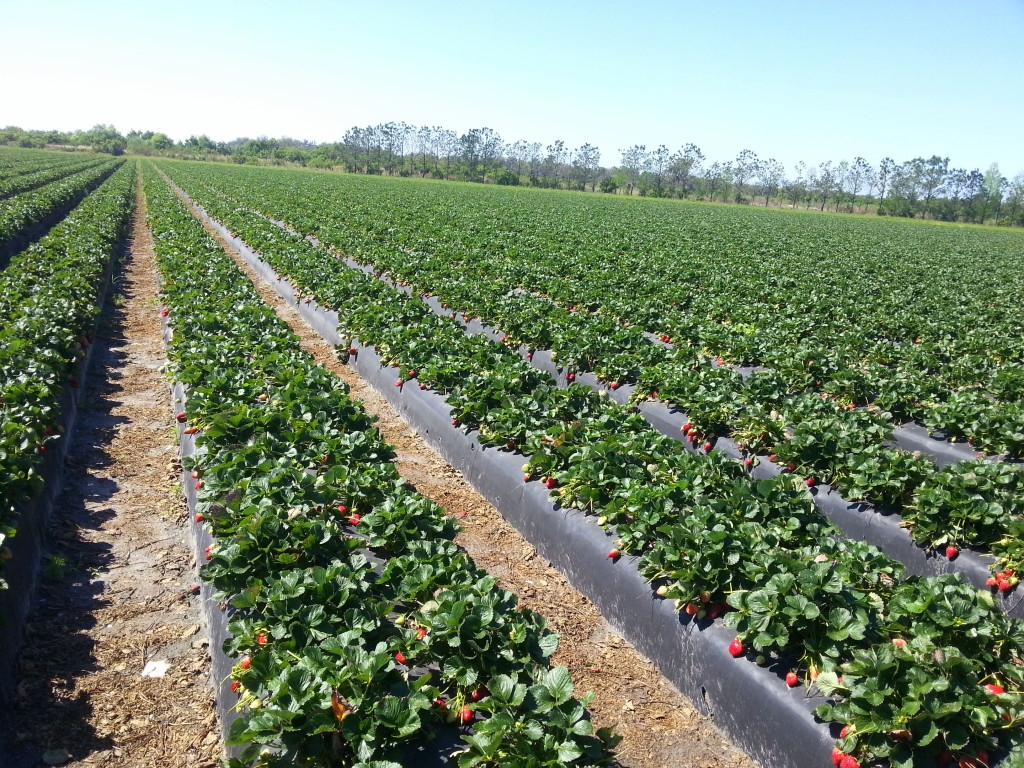

Paul and John at the Quarrymen’s first concert at the Casbah Coffee House, on August 29, 1959. Football fans should also look out for the grave of Liverpool legend Bob Paisley, the most successful manager in the history of English football. While Paul has always denied the headstone inspired his 1966 composition, it is hard to believe he didn’t clock the name at some point, at least subconsciously – a mystery which adds a layer of intrigue to the song. The church hall is occasionally open to visitors for tours and events, especially during Beatle Week, but perhaps of more interest is the gravestone of Eleanor Rigby (1894-1939) in the church cemetery over the road. He impressed John with his superior playing of rock’n’roll numbers and was invited to join the group soon after. Lennon and McCartney famously met on Jat a summer fete at St Peter’s Church in Woolton, when Paul was introduced to John and his ragtag skiffle band, the Quarrymen. The headstone of Eleanor Rigby in the cemetery of St. MAGICAL HISTORY TOUR: five more Fab sites Where they grew up Perhaps he was searching for another sanctuary.” “The first time I visited John in New York I was struck just how closely his gothic Dakota Apartment building resembled the old Strawberry Field mansion. It seems from the song that this was John’s special place.” It might be a little hidey-hole under the stairs or it might be up an oak tree but it’s somewhere we take ourselves. She said: “I suppose as children we all have somewhere that’s a bit ours, a bit special. Lennon’s sister, Julia Baird, 72, who is honorary president of the Strawberry Field project, said the grounds of the home had been a “sanctuary” for the musician as a youngster. The trees Lennon may once have climbed are still here, and in a clever touch, sections of the original mansion walls and steps (made from the same local red sandstone as Liverpool’s Anglican cathedral) are scattered around the garden, to be used as benches.
#Strawberry fields free
The smart red-and-white cafe and landscaped gardens are free to enter, the latter designed to encourage meditation and spiritual reflection. Kept in storage ever since, they will now sit in a quiet corner of the garden, while the heavily-graffitied replicas – the site of a million selfies – will remain in place on the road at the former entrance. The originals were stolen in 2000 but when the crime made the news the thieves realised what they had on their hands and dumped the gates at a local scrap metal merchant, who returned them the following day. Photograph: Gavin TraffordĪnother star attraction is the set of iconic wrought-iron red gates – or rather, both sets. The stone bench in the foreground was part of the original Strawberry Field mansion.

The most fun feature is the virtual Mellotron that teaches visitors to play the song’s unmistakable opening notes. The interactive exhibition (adults £12.95, concessions £8, family of 3+2 £35) explores the history of both the Salvation Army and Lennon’s life, focusing on his childhood and the writing and recording of Strawberry Fields through archival footage, multimedia and interviews with Paul McCartney, George Martin and Julia Baird, his younger half-sister and president of the project. Income generated from the exhibition will fund the charity’s Steps to Work programme, which helps young people with learning disabilities find employment through training, mentoring and work experience.


Owned and run by the Salvation Army, the attraction gives fans access to the last major missing piece in the Beatles jigsaw: the band has been so forensically analysed – with books chronicling every day of their existence and every note of music. The Beatles Strawberry Fields Forever promotional film, shot in Knole Park, Sevenoaks, Kent. But the locked gates didn’t deter Beatles fans turning up to peek through at the overgrown Strawberry Field – the Liverpool tourist board estimated that about 60,000 visitors did so last year. The old house was demolished six years after the song’s release, and replaced by a smaller children’s home, which closed for good in 2005. The Beatles spent a then unheard-of 55 hours of studio time on the record, creating what Time magazine called a song of “astonishing inventiveness”, adding, the band “have bridged the heretofore impassable gap between rock and classical, mixing elements of Bach, Oriental and electronic music with vintage twang to achieve the most compellingly original sounds ever heard in pop music.” Years later, Lennon took this nostalgic post-war memory of summer tea parties and brass bands and, through the prism of psychedelia and LSD, used it as the inspiration for one of the most groundbreaking songs of the 1960s. The interactive exhibition, including a projection of the original Strawberry Field mansion.


 0 kommentar(er)
0 kommentar(er)
